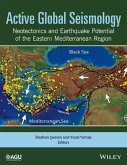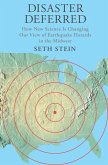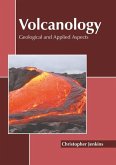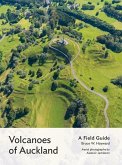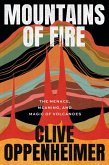The destructive force of earthquakes has stimulated human inquiry since ancient times, yet the scientific study of earthquakes is a surprisingly recent endeavor. Instrumental recordings of earthquakes were not made until the second half of the nineteenth century, and the primary mechanism for generating seismic waves was not identified until the beginning of the twentieth century. From this recent start, a range of laboratory, field, and theoretical investigations have developed into a vigorous new discipline: the science of earthquakes. As a basic science, it provides a comprehensive understanding of earthquake behavior and related phenomena in the Earth and other terrestrial planets. As an applied science, it provides a knowledge base of great practical value for a global society whose infrastructure is built on the Earth's active crust. Living on an Active Earth describes the growth and origins of earthquake science and identifies research and data collection efforts that will strengthen the scientific and social contributions of this exciting new discipline.
Hinweis: Dieser Artikel kann nur an eine deutsche Lieferadresse ausgeliefert werden.
Hinweis: Dieser Artikel kann nur an eine deutsche Lieferadresse ausgeliefert werden.



